1. Answer the following questions: (any twelve) 1x 12 = 12
Fill in the Blanks:
(a) The Assam Higher Secondary Education Council’ was established in ____________ .
Ans: In 1984.
(b) The full form of KKHSOU is _________________ .
Ans: Krishna Kanta Handique State Open University.
(c) The World Population Day’ is observed on ____________ .
Ans: Every Year 11th July.
(d) The basis of ‘reward and punishment’ in education is laws of _______________ of learning.
Ans: Law of Effect.
(e) A man identifies a friend whom he was not met for a long time with the help of ______________ process.
Ans: Recognition.
(f) The score that appears in maximum number in a distribution of scores in known as ____________ .
Ans: Mode.
Give Short Answer in one sentence :
(g) What was the name of the programme adopted for improvement of Primary Education in India on the basis of National Education Policy, 1986 ?
Ans: Operation Blackboard.
(h) What is meant by the word ‘open’ in Open Education ?
Ans: The word ‘open’ in Open Education means shorthand education through which people can easily access the global learning in his or her own door step.
(i) In which year ‘Protection of Women from domestic Violence Bill’ was passed ?
Ans: On 23rd June, 2005 ‘Protection of Women from domestic Violence Bill’ was passed.
(j) The driver of a car stops the car when he sees a red signal in a traffic point. Which method of learning seems to operate in this case ?
Ans: Insightful method of learning (because the driver makes self dependent and becomes guide to his own actions).
(k) Mention any one environmental factor of interest.
Ans: School environment is one factor that can play important role in developing interest.
(l) What is the positional measure of central tendency ?
Ans: Median.
2. What is ECCE ? 2
Ans: ECCE generally refers to defined as the care and education of children from birth to eight years to provide as a support service for universalisation of primary education, to enable girls in taking care of sibling to attend school and a support service for working women belonging to proper section is known as ‘Early Childhood Care and Education’.
3. What do you mean by vocationalization of education ? 2
Ans: In simple term, Vocationalization of Education means the education which prepares people to work individuals to be self employed with requisite skill to move forward in their careers is known as ‘Vocationalization of Education’.
or
What is ‘work experience’ as suggested by Kothari Commission ?
Ans: Kothari Commission suggested that the participation of students in productive situation at home, factory, firm, workshop, etc. to make the learner economically self-sufficient, educative to become a purposeful is called ‘Work Experience’.
4. Why Non-formal Education considered as a flexible system of education ? 2
Ans: Non-formal education is considered as a flexible system of education because this system of education has flexible point of entry and exit and it is needs based and life-long system of education which provides educational opportunities to those who are late-bloomer, dropouts and to the deprived classes to enhance their qualification.
5. Write two characteristics of Distance Education. 2
Ans: Two characteristics of Distance Education are:
(a) It is non-formal system of education which is provided through correspondence courses, contact programmes and electronic media.
(b) It is a method of indirect instruction applying geographical and emotional separation between teach and taught.
6. What do you mean by Value Education ? 2
Ans: Value Education refers to the form of education that covers all aspects of personality development which endeavours the values of moral, aesthetic, intellectual, social, and spiritual development for the good of the society and the individual life is called Value Education.
7. “Learning depends upon maturation” – Explain with example. 2
Ans: Yes, it is true that learning very much depends upon maturation. For example – A two years old child can not be taught reading or a two month’s old child can not be given toilet training. So to learn something we have to wait a certain level of maturation essential to facilitate that learning. So maturation of the child is an important conditions in learning a new task.
8. “Attention is a selective process”. Briefly explain. 2
Ans: Attention is an act of focussing or concentrating our consciousness on a particular object or idea of the environment. It is not paid to each and everything that stimulate our sense organs because selectivity is an important characteristic of attention and our mind always select one out of many in order to pay attention. Therefore, we can say that attention is a selective process.
9. Mention two important characteristics of mental health. 2
Ans: Two important characteristics of mental health are:
i. Mentally healthy individual have strong personality.
ii. They are emotionally stable.
10. What do you mean by preservative function of mental hygiene ? 2
Ans: The preservative function of mental hygiene refers to know the importance of mental health and the measures, techniques, procedures that are to be followed for its preservation. This function specially concerned with the welfare of human life and society as well.
11. Mention two important characteristics of learning. 2
Ans: The two important characteristics of learning are:
(a) Learning is goal oriented and purposive.
(b) Learning is the process of adjustment of an individual with his environment.
12. The third quartile of a distribution is 60.44 and the quartile deviation is 6.5. Find out the first quartile of the distribution. 2
Solution: Here, Q_3 = 60.44 Q_1= 6.5
So, The formula is Q=(Q_3 -Q_1)/2
Q=(60.44 -6.5)/2
=(53.94)/2
=26.97
13. The mean of 10 scores is 27 . If one score is excluded, their mean is 25 . Find out the excluded number. 2
Solution:
The mean 10 score = 27
Hence, Sum of 10 score will be 10 x 27 = 270
Given one score is excluded
So, Mean of 9 score = 25
Hence sum of 9 score will be 9 x 25 = 225
Therefore, the excluded number will be 270 – 225= 45
So, the excluded number is 45
14. Suggest four measures to overcome problems of Secondary Education in Assam. 4
or
What are the suggestions forwarded by National Education Policy, 1986 regarding Secondary Education ? 4
15. Describe briefly about the importance of Non-formal Education in present society. 4
Ans: Non-formal education is very important in the present-day context in the following ways which are mentioned below:
i. To provide life-long education:
Non-formal education is helpful to create a learning society to provide life-long education to all.
ii. To builds self-confidence and decision making:
It helps individual with decision making and also helps to builds self-confidence of an individual.
iii. To develop new skills and generate opportunities:
It provides a platform for developing new skills and generate opportunities for people who are beyond the reach of traditional education.
iv. To make provision of equal educational opportunities:
This system of education helps to make provision of equal opportunities for all citizens those are late-bloomer, dropouts and to the deprived classes in the matter of acquisition of education, employment and other fields.
or
Mention four important characteristics of Open Education.
Ans: The four important characteristics of open education are mentioned below:
i. Open Education is organised education outside the formal education.
ii. It is a cost effective system of education.
iii. It has flexible point of entry and exit.
iv. It is a life long system of education.
v. It has no age limit.
vi. It encourages self learning.
16. Explain the relationship between education and women empowerment. 4
Ans: The relationship between education and women empowerment are pointed below:
i. Education helps women to become aware of their rights, opportunities, and responsibilities.
ii. With education, women can gain skills and qualifications that leads to better employment.
iii. Education encourages a more equal and respectful relationship between men and women.
iv. Education enables women to participate in civic life, politics, and leadership roles.
17. Discuss about the importance of physical education in school. 4
Ans: The importance of Physical Education in school education are mentioned below:
i. Physical Education helps to play a vital role for the development of national integration.
ii. It helps in developing good relation among human beings like- cooperation, sympathy, poverty etc.
iii. It helps in controlling such emotion like- aggressiveness, stress or tension through physical activities to enhance the power of tolerance.
iv. It helps to develop certain qualities like – perseverance, team spirit, team leadership, obedience to rules etc.
v. It helps in creating discipline for human being for the development of personality.
vi. It is helpful in developing the alertness of mind in various programmes of physical education such as wrestling, kabaddi, cricket, etc.
or
What are the objectives of physical education ? Discuss.
Ans: The objectives of Physical Education are discussed below:
(a) To make all round development of an individual including physical, mental, social, emotional, etc.
(b) To prepare the students as a supporting element to adjust with the society in future.
(c) To develop personality of the students to adjust with their environment.
(d) To make understanding the relationship between physical aspects with others one.
18. Mention four major objectives of environmental education. 4
Ans: The four main objectives of Environmental Education are briefly discussed in the following below:
i. Awareness:
To develop an awareness of environment sensitivity (feeling and attitudes) to the total environment and its allied problems.
ii. Knowledge:
To help in acquiring knowledge and variety of experience of the environment and associated problems.
iii. Understanding:
To develop a basic understanding of structure, process and problems of environment, interdependence of environmental components.
iv. Skill:
To help in acquiring skills for identifying, assessing and solving environmental problems.
19. Discuss briefly the educative value of law of readiness of learning. 4
Ans: This laws emphasizes the importance of readiness to learn. Readiness depends on maturation and experience of the learner simultaneously. When a pupil feels to learn, he or she can learn more quickly and effectively. But when he or she not ready to learn, he or she can not learn effectively so that according to Thorndike physical readiness is necessary for learning.
Educative value of law of readiness of learning:
Educational value of law of readiness are pointed below in the following below:
i. If learners are not ready to learn in the class, the teacher should not teach them at all.
ii. The teacher should know the appropriate physical situation of the students before going to teach a lesson.
iii. The teacher should tried to motivate to be prepared to learn.
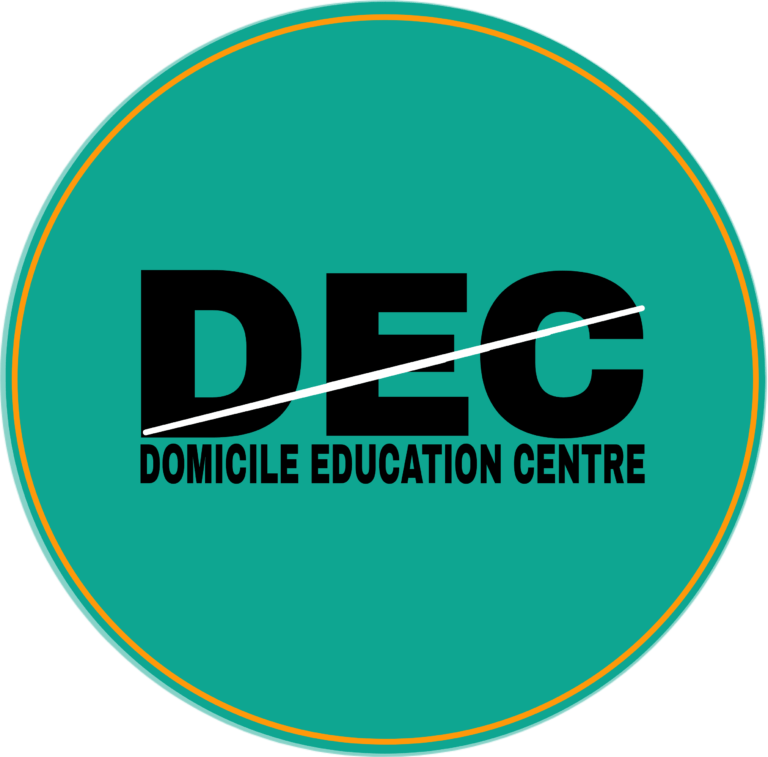
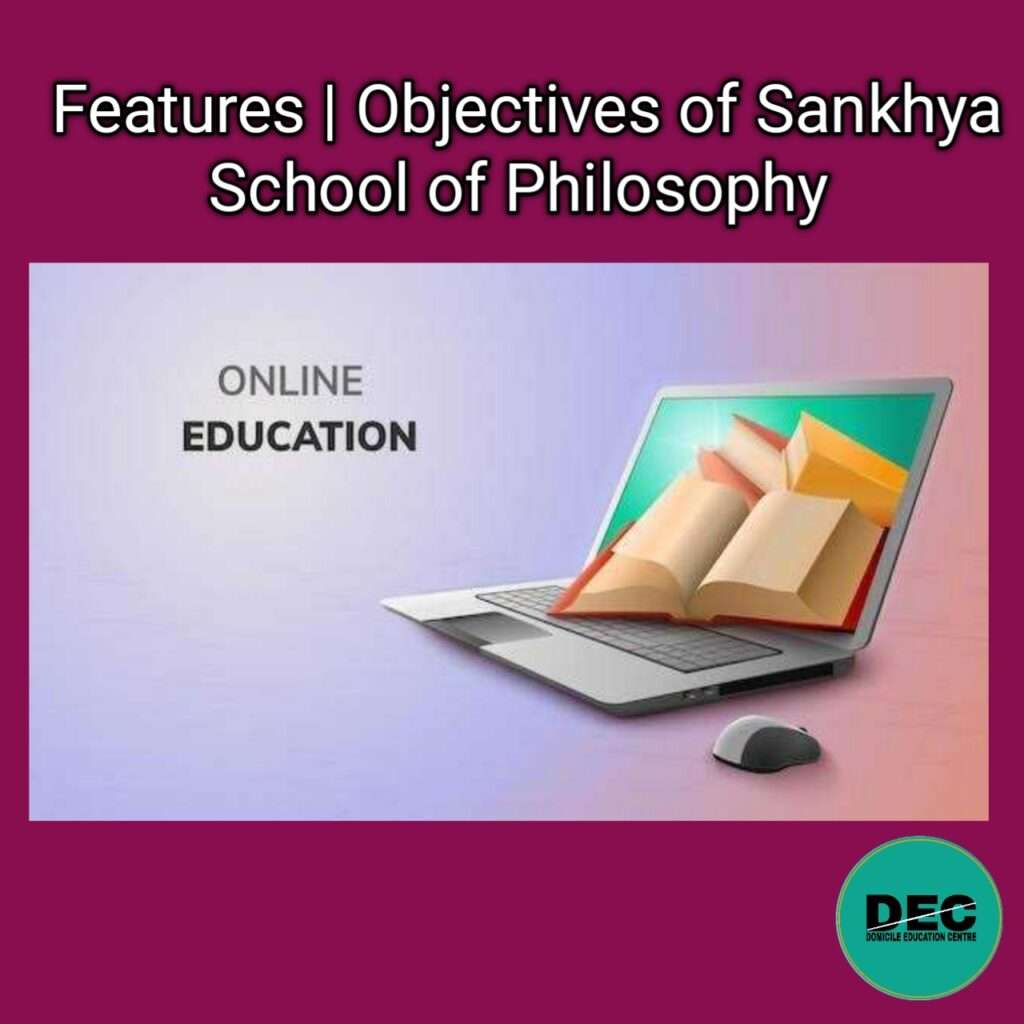
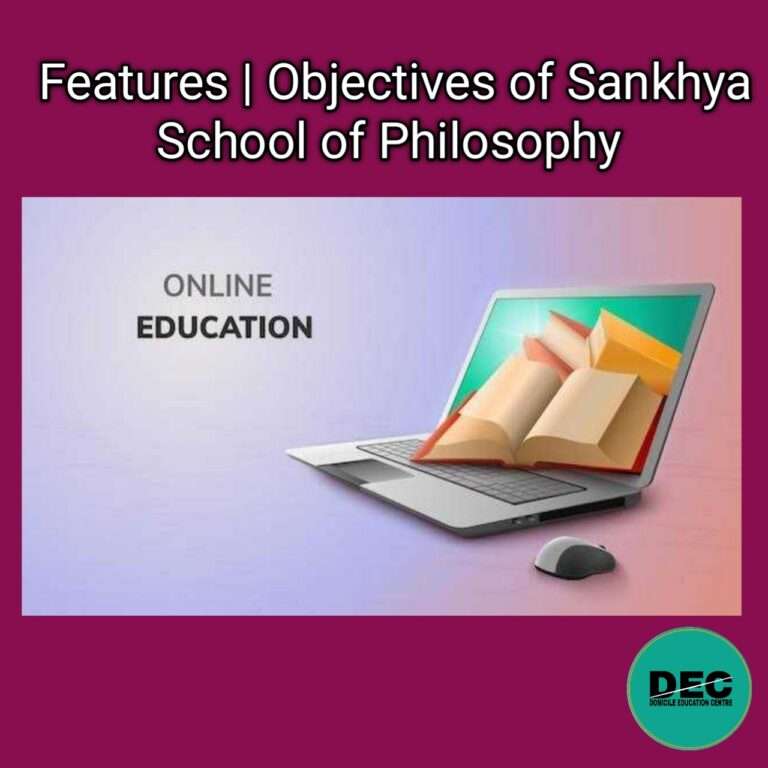
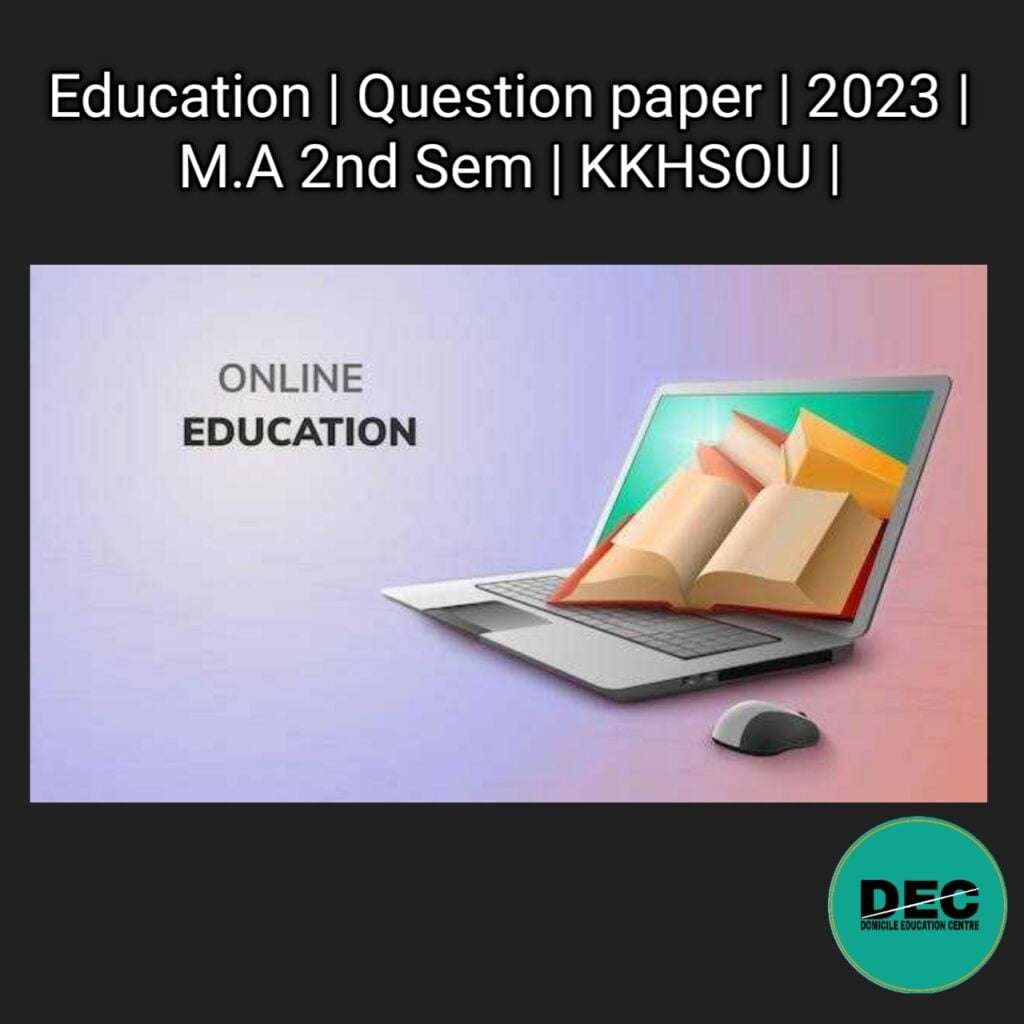
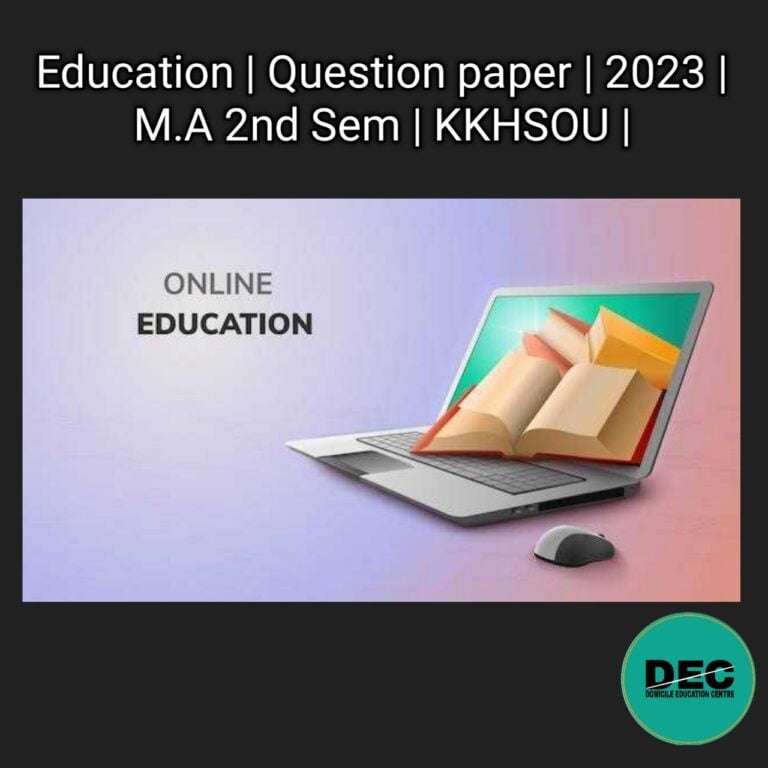


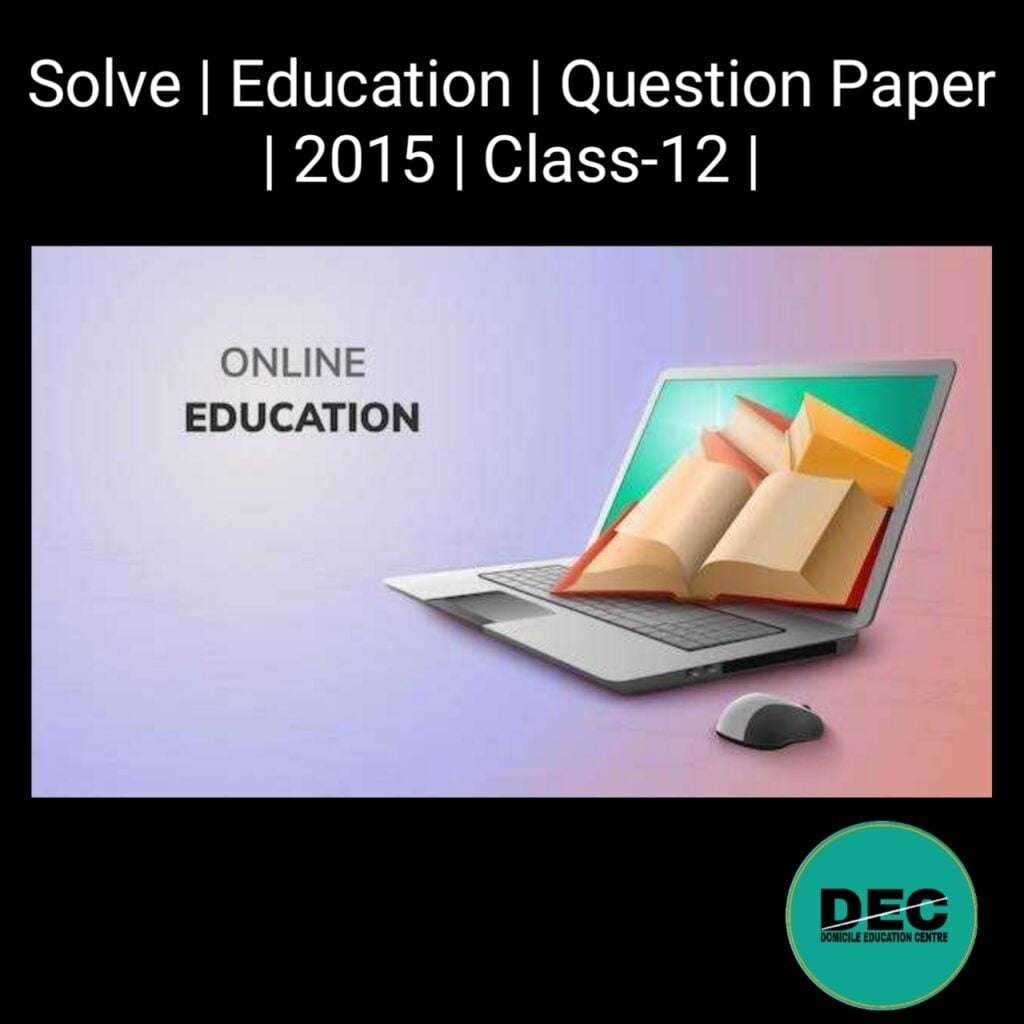
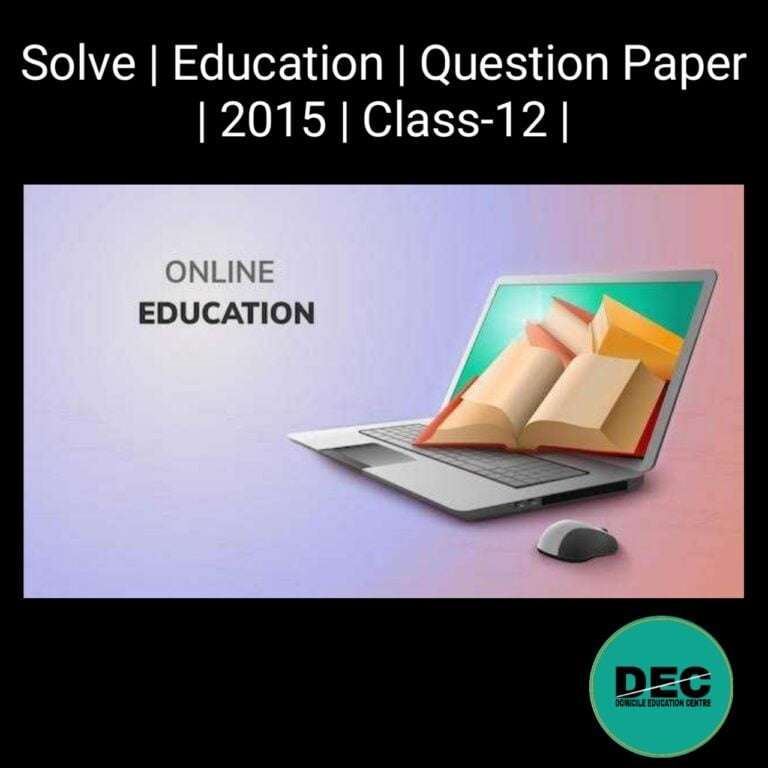


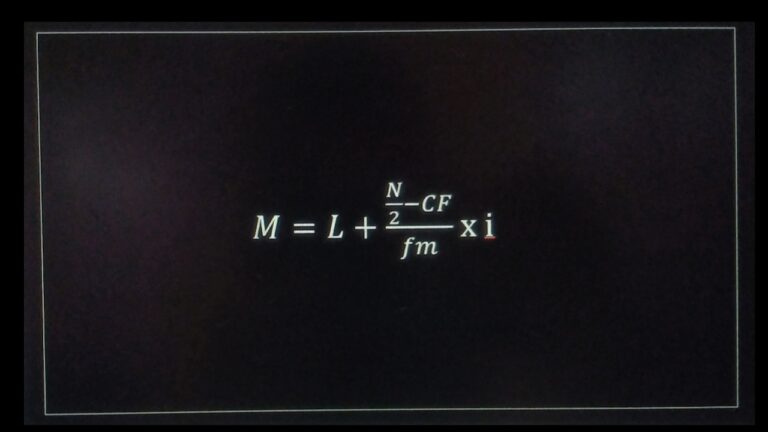
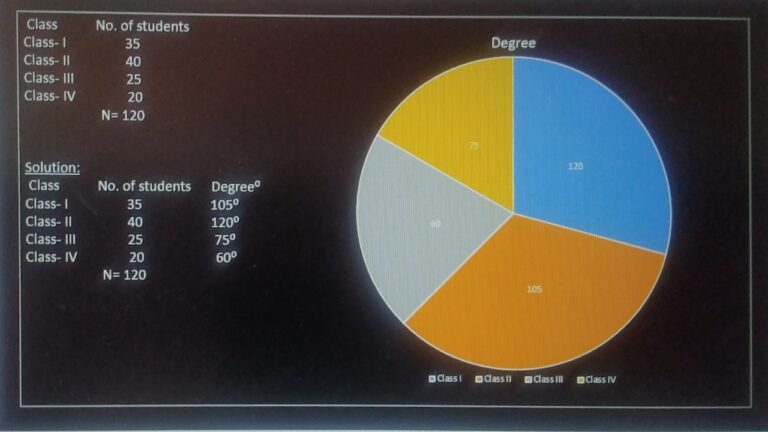


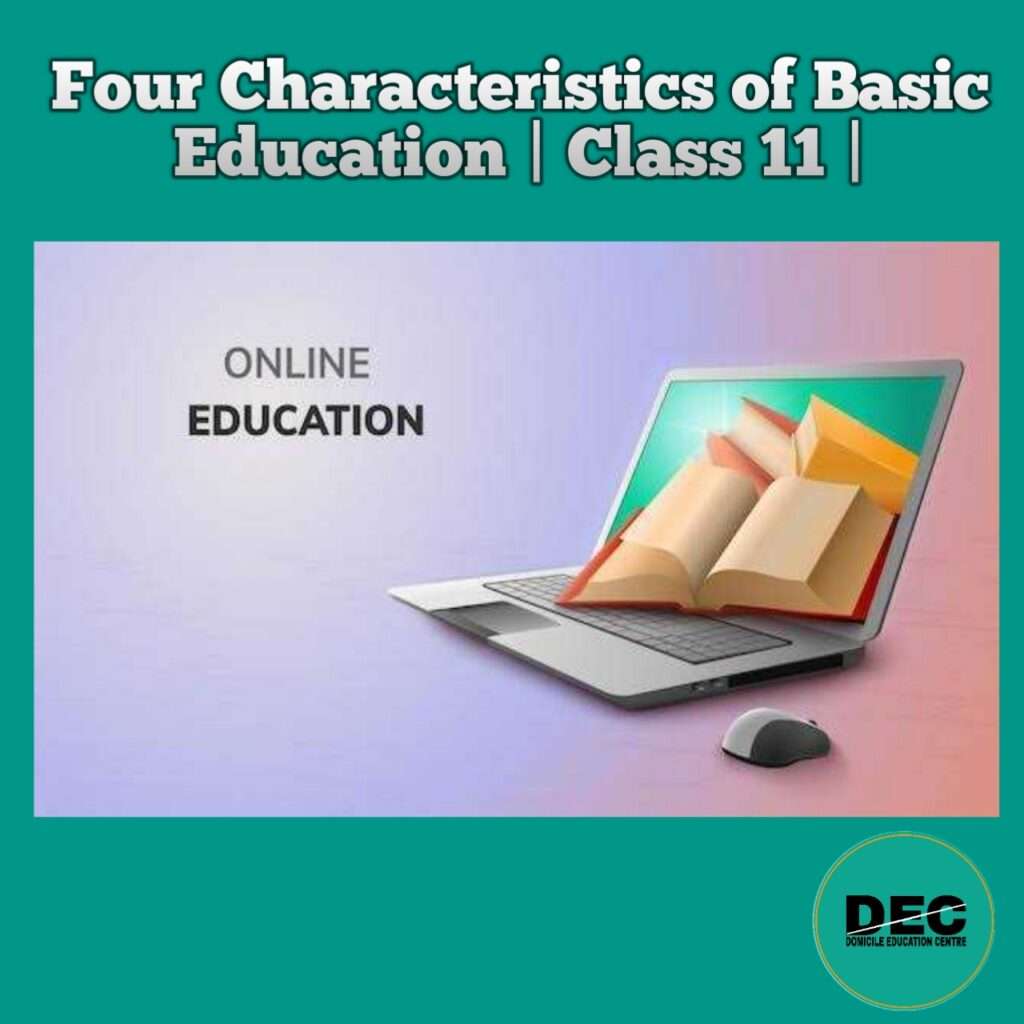
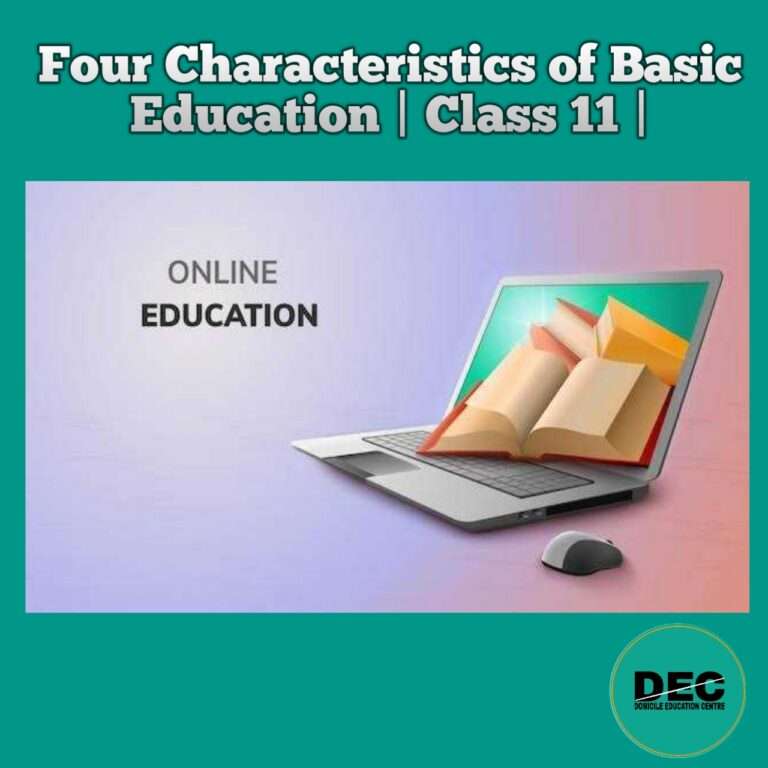


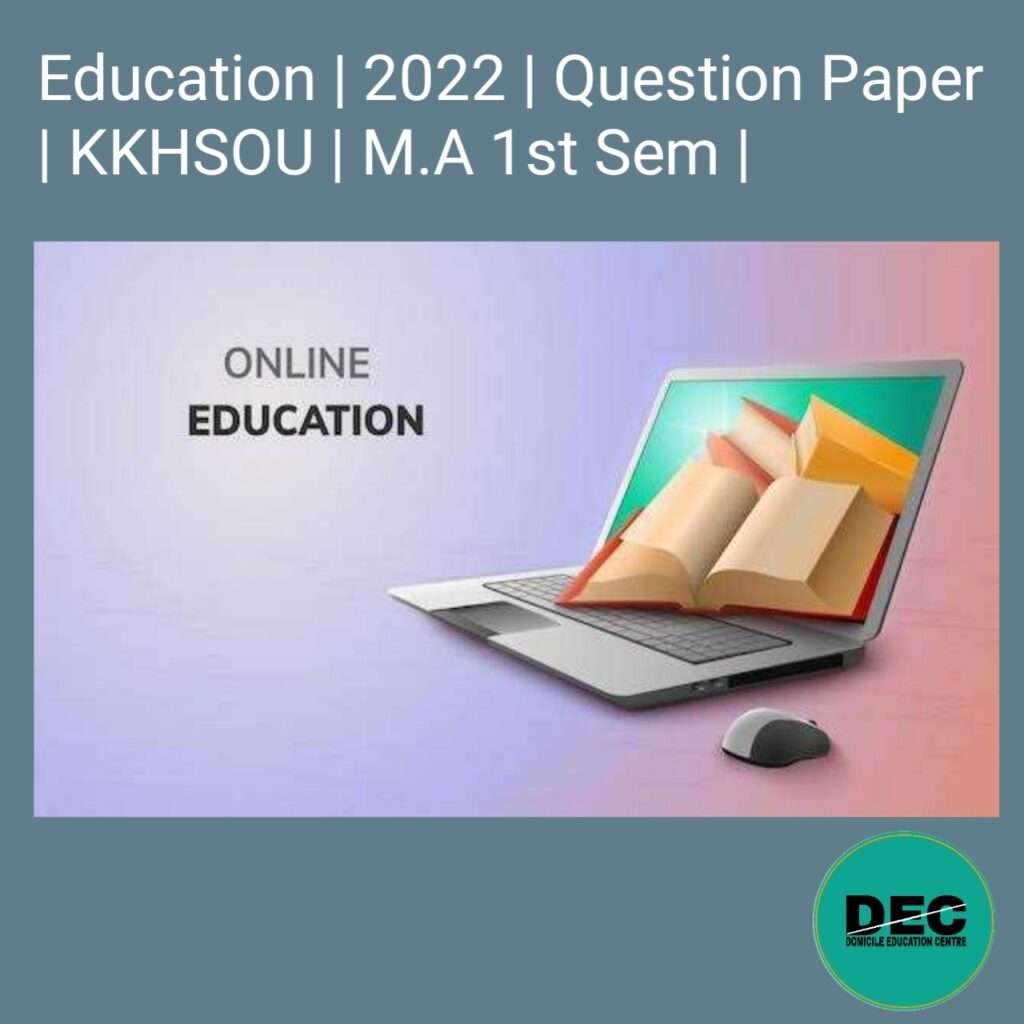
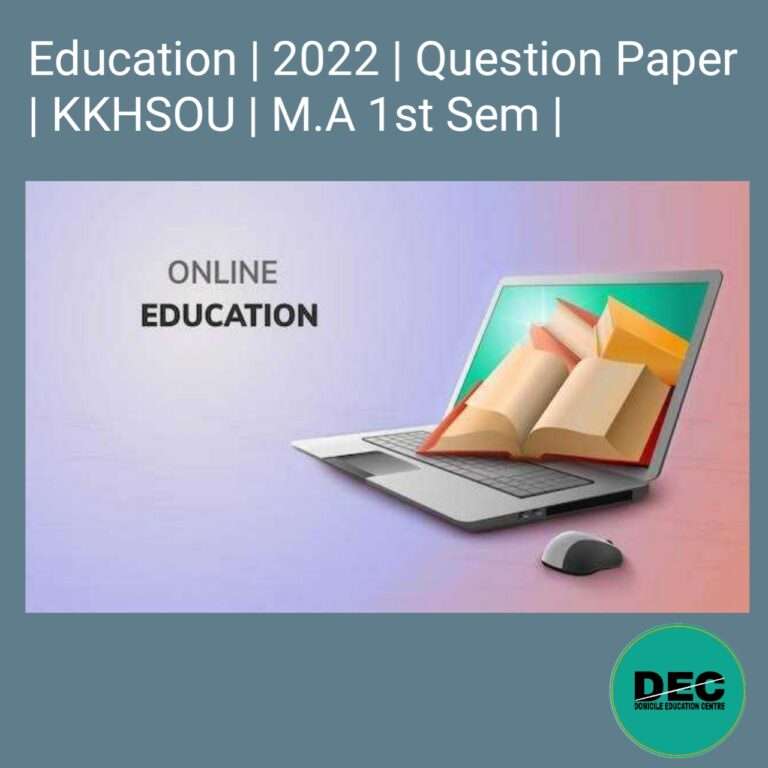
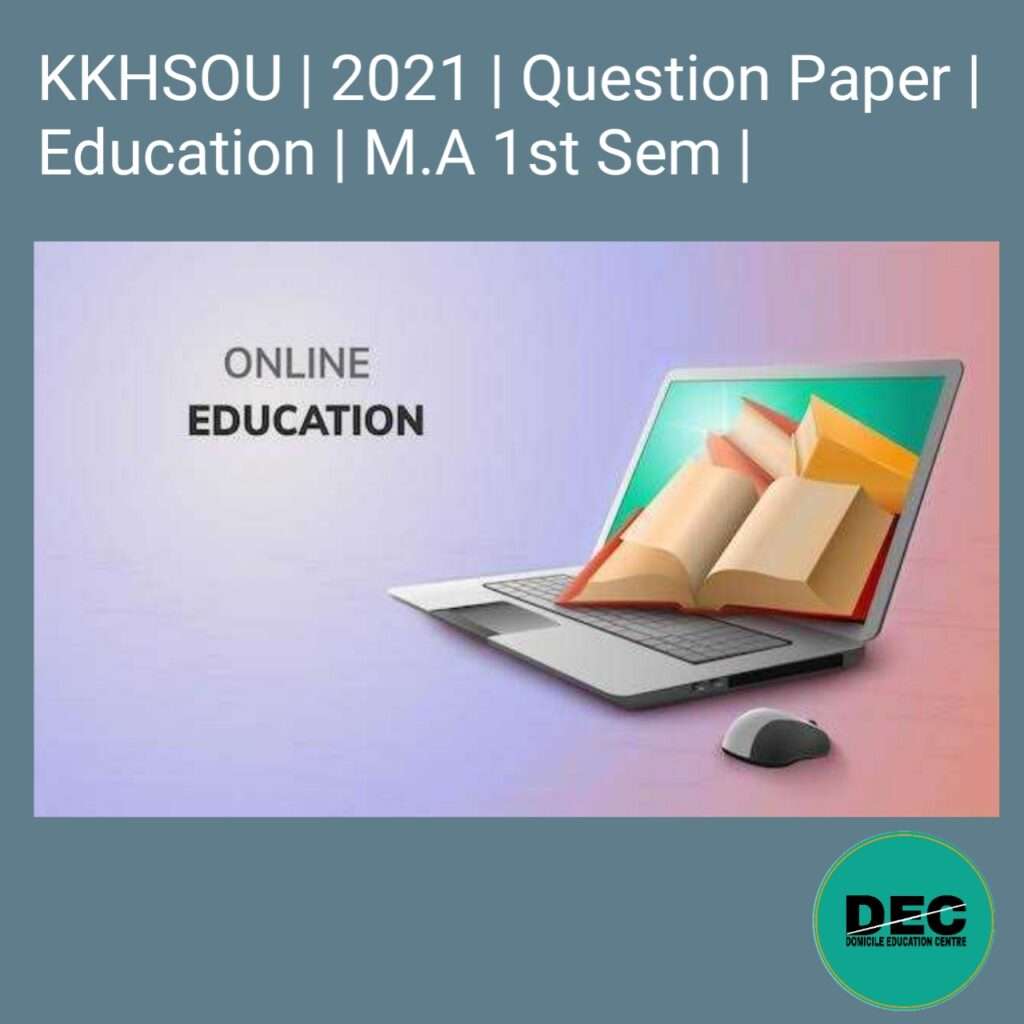
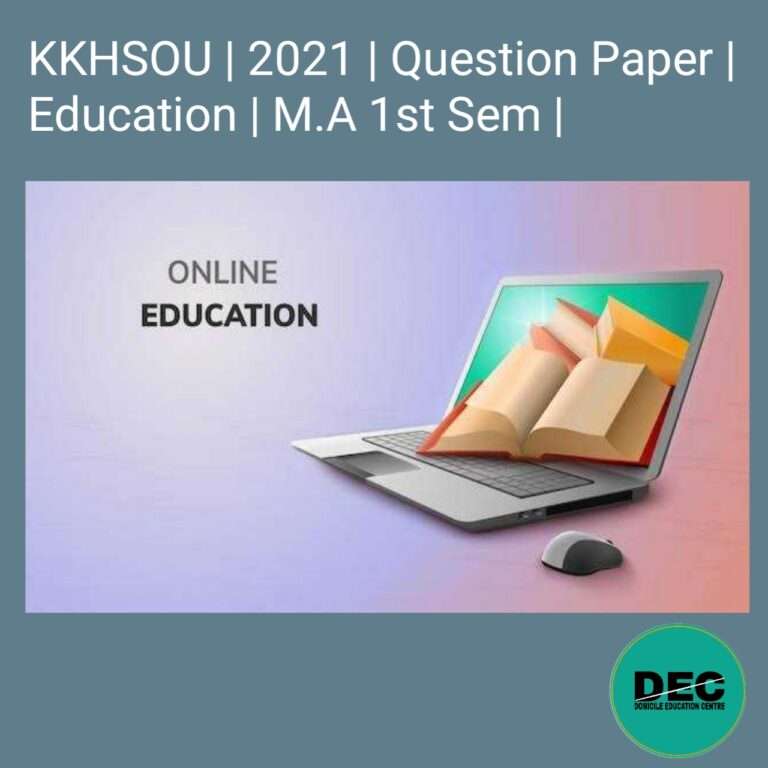
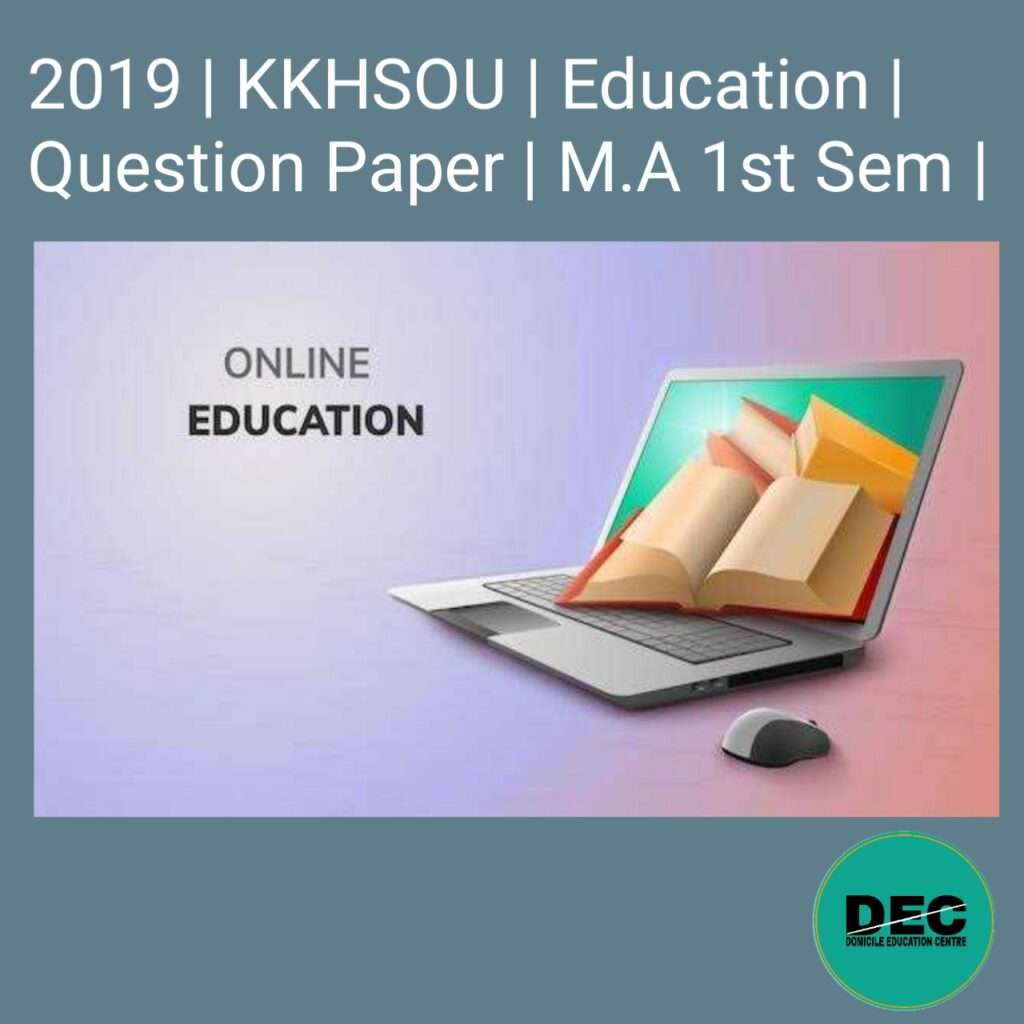
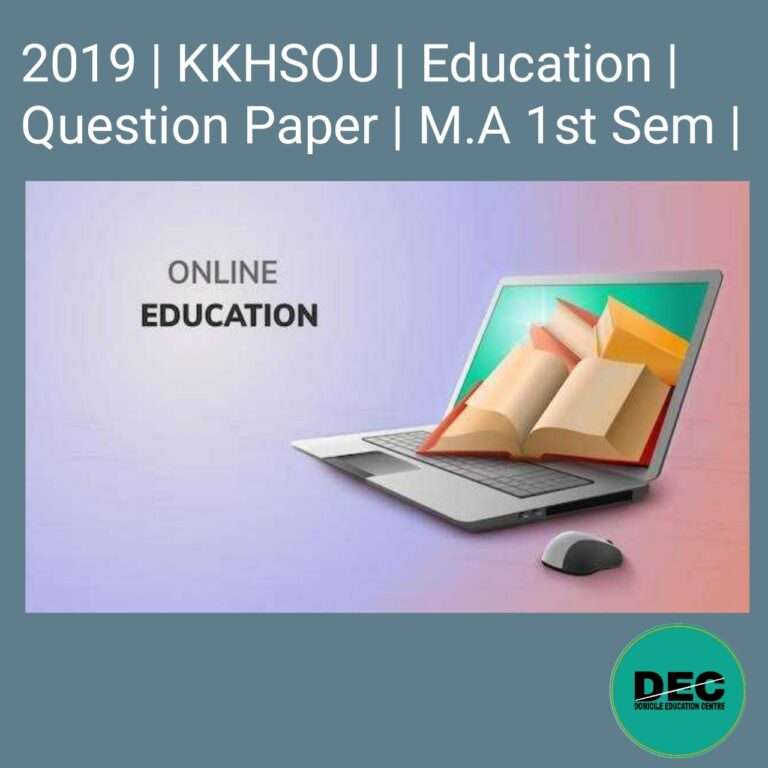
Recent Comments